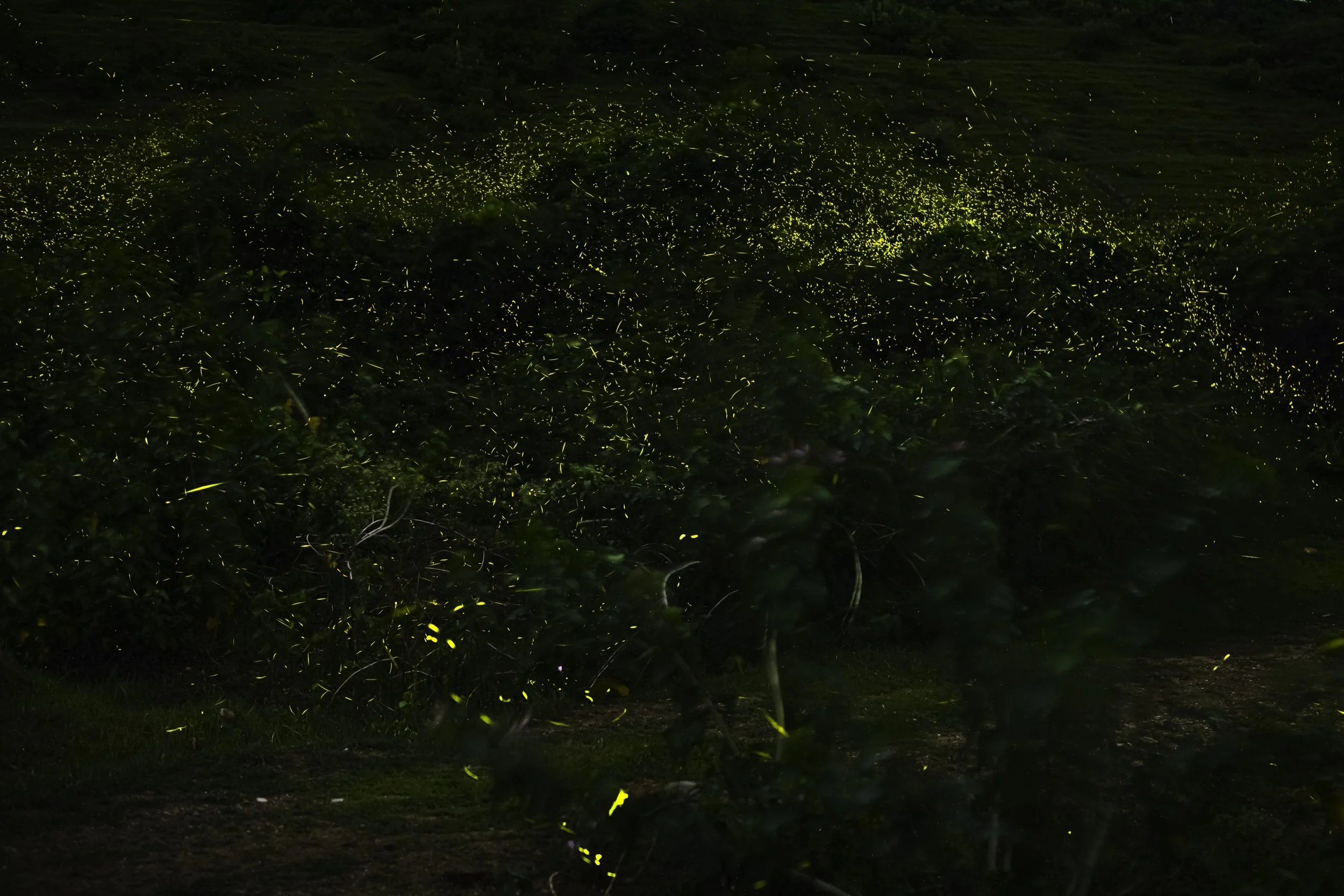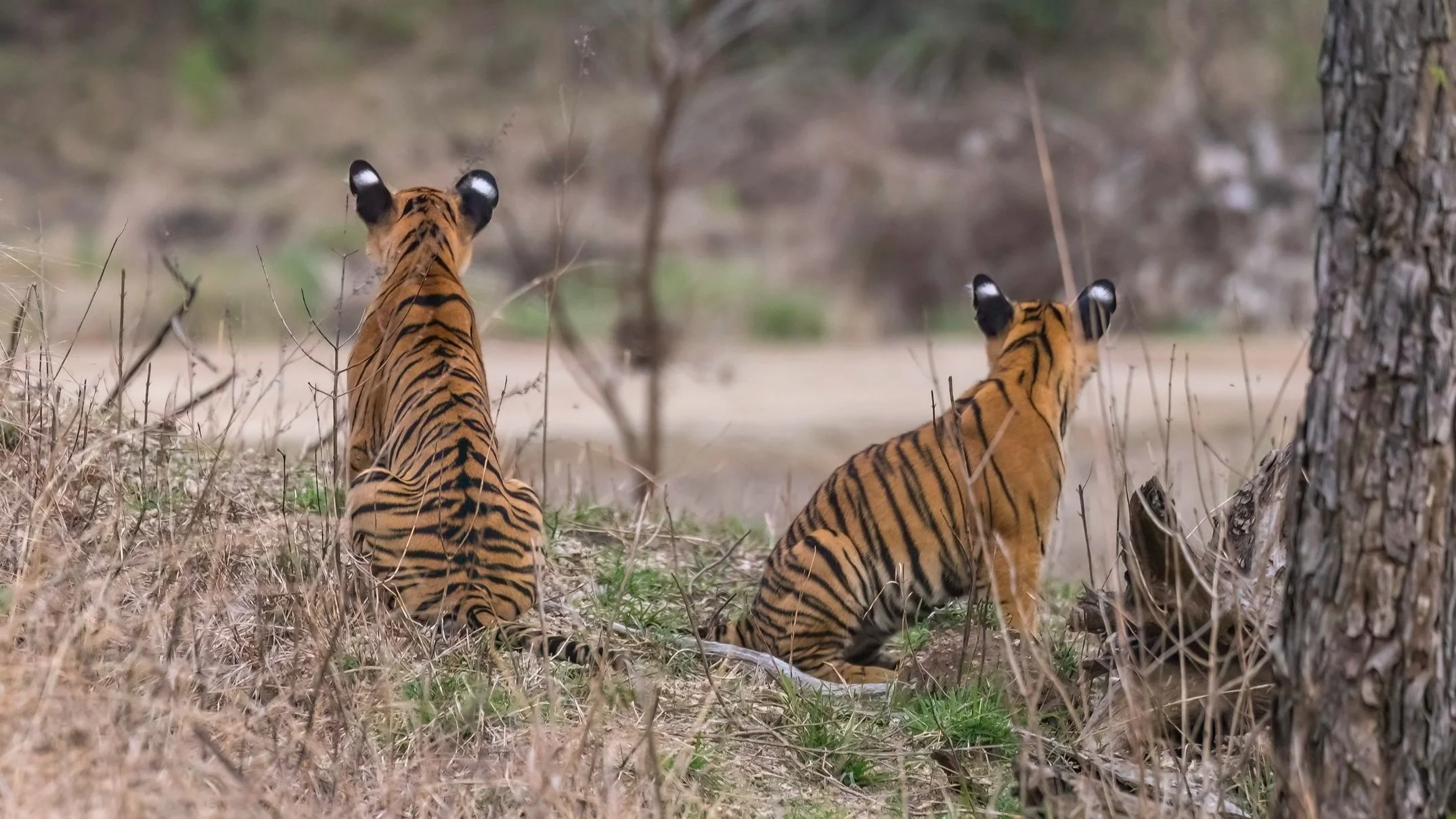Red-breasted Flycatcher
A distinctive, small and winter migrant flycatcher where the males have a rusty-orange throat that continues onto the breast. All plumages have a distinctive tail pattern with black terminal bar and white sides. The wings relatively plain & a white eyering is noticeable. When perched, the tail is often held cocked with the wingtips drooping. It breeds in mature deciduous mixed forest, wintering in forests, woodlands and parks.
#wildartworks, #Canon, #Birdinginthewild, #BirdWatching, #telangana, #india, #umamaheshwaramtemple, #achampet, #flycatcher, #redbreastedflycatcher, #telanganabirds, #oldworldflycatcher, #nallamallaforest, #ananthagiri, #ameenpurlake, #wintermigrant
White-browed Scimitar Babbler
The Old World Babblers are a family of passerine birds diverse in size and coloration, characterised by soft fluffy plumage. These are birds of tropical areas, with the greatest variety in Southeast Asia and the Indian subcontinent. This group is among those Old World bird families with the highest number of species still being discovered. Featured here is the White-browed Scimitar Babbler from Doi Luang in Chiang Mai.
It is a medium-sized babbler with a slightly decurved yellow bill. It usually forages low in the undergrowth, at middle levels, or on the ground, often in mixed flocks with other babblers and laughingthrushes. Found from the upper lowlands up into mountainous regions, where it inhabits forests with dense undergrowth, as well as shrubby edges and grassy areas. Repertoire is vast and includes whoops, rattles, and hooting. As with other scimitar-babblers, pairs duet with one another.
#wildartworks, #Canon, #Babbler, #whitebrowedscimitarbabbler, #birdinginthewild, #birdphotography, #Timaliidae, #thailand, #DoiLuang, #DoiPhaHomPokNationalPark, #scimitarbabbler,
Firefly
Abscondita chinensis, a captivating species of firefly belonging to the family Lampyridae and subfamily Luciolinae, is a luminous wonder native to tropical Asia. Known for its remarkable bioluminescent displays, particularly during its mating season, it plays a vital role in its ecosystem as a predator and contributes to the charm of natural environments. It lives in various habitats, and its bioluminescence, especially during mating, adds a magical quality to its existence. However, threats from pollution and climate change highlight the need for conservation efforts to protect this insect. These were photographed in Telangana.
#wildartworks, #Canon, #Wildlife, #naturephotography, #earthcapture, #conservationphotography, #wildlifeonearth, #bbcearth, #natgeowild, #natgeoindia, #Kawal, #KawalTigerReserve, #hyticos, #nirmal, #wildtelangana, #telanganawildlife, #telanganaanthropods, #telanganabeetle, #beetle, #Insectsoftelangana, #Absconditachinensis, #Lampyridae, #Luciolinae, #firefly, #asynchronousfirefly, #synchronousfirefly,
Greater Necklaced Laughingthrush
The Greater Necklaced Laughingthrush is a large, long-tailed, thrush like bird of dense forests native to East and Southeast Asia. Note its black necklace, streaked white cheek patch, and pale band near the tip of the tail. Very similar to the Lesser Necklaced Laughingthrush; note the dark eye and ‘contained’ (completely encircled) cheek patch. A shy and difficult to see well bird it is usually found in small flocks in wet lowland and hill forest, often near streams. The song is a series of loud whistles, not as long or varied as that of Hwamei.
#wildartworks, #Canon, #PromediagearTR424L, #Bird, #Birdinginthewild, #BirdWatching, #Wildlife, #WildBirds, #naturephotography, #your_best_birds, #planetbirds, #earthcapture, #photo_pond, #earthpix, #naturyst, #conservationphotography, #wildlifeonearth, #bbcearth, #natgeowild, #natgeoindia, #greaternecklacedlaughingthrush, #laughingthrush, #KaengKrachanNationalPark, #Thailand
Celebrating International Tiger Day
Imagine a world without tigers! No regal stripes cutting through the jungle, no powerful roars echoing across the grasslands, no piercing amber eyes watching from the shadows. This isn’t just a grim fantasy - it is a future we’re racing towards - but today, July 29th, we are fighting back
Welcome to the International Tiger Day, 2025!
#wildartworks, #Canon, #conservationphotography, #yesbbcearth, #wildlifeonearth, #bbcearth, #natgeowild, #natgeoindia, #india, #telanganabirds, #kawaltigerreserve, #amrabadtigerreserve, #nagarjunasagarsrisailamtigerreserve, #hyticos, #tigerconservation, #internationaltigerday, #internationaltigerday2025, #tigerdaycelebrations, #tigerdayevent, #glandpharma, #telanganastateforestdepartment, #tsfd,
Grey-headed Swamphen
A very large bluish-purple waterbird with a red bill and forehead shield, as well as red legs and feet with long toes. The tail is flicked up often, revealing fluffy white “underpants.” Juveniles are duller than adults and lack the red bill and shield. An inhabitant of marshy, vegetated freshwater bodies such as swamps, rivers, and lakes; usually in small groups. Feeds, often clumsily, at muddy water edges, in reeds, and on floating vegetation. Makes short nasal grunts and croaking sounds. Formerly part of the species known as Purple Swamphen.
#wildartworks, #Canon, #Bird, #Birdinginthewild, #BirdWatching, #Wildlife, #WildBirds, #naturephotography, #your_best_birds, #planetbirds, #earthcapture, #photo_pond, #earthpix, #naturyst, #conservationphotography, #yesbbcearth, #wildlifeonearth, #bbcearth, #natgeowild, #natgeoindia, @globalcapture, #india, #telanganabirds, #kawaltigerreserve, #hyticos
Plain Prinia
The Plain Prinia is a common prinia with drab gray-brown plumage that varies in tone across its range. Note the pale, wide eyebrow and the long tail that appears as if it is loosely attached to the body. Common in various habitats, especially farms and wetlands, but avoids woodlands with a canopy. A somewhat bold species, it often skulks in the undergrowth but sings from exposed perches.
#wildartworks, #Canon, #Birdinginthewild, #BirdWatching, #Wildlife, #WildBirds, #naturephotography, #your_best_birds, #planetbirds, #earthcapture, #photo_pond, #earthpix, #naturyst, #conservationphotography, #yesbbcearth, #wildlifeonearth, #bbcearth, #natgeowild, @globalcapture, #prinia, #plainprinia, #plainwrenwarbler, #whitebrowedwrenwarbler
Whiskered Tern
The Whiskered Tern (Chlidonias hybrida) is a small buoyant 'marsh' tern in the family Laridae that superficially resembles the Common Tern, but is stockier and with a less forked tail. The breeding adult has a distinctive dark smoky gray body & contrasting white cheeks (which can look like broad white "whiskers" in flight) underneath a black cap. The non-breeding plumage is a pale silvery gray overall with a faded shadow of the cap. Note the rather stout bill (albeit thinner than Gull-billed Tern) and square tail. It feeds by picking from the surface, not splash-diving like typical terns. Common around wetlands, lakes, and rivers.
#wildartworks, #Canon, #Bird, #Birdinginthewild, #BirdWatching, #Wildlife, #conservationphotography, #bhigwan, #BhigwanBirdSanctuary, #Kumbhargaon, #ujnibackwaters, #whiskeredtern, #tern, #marshtern,









